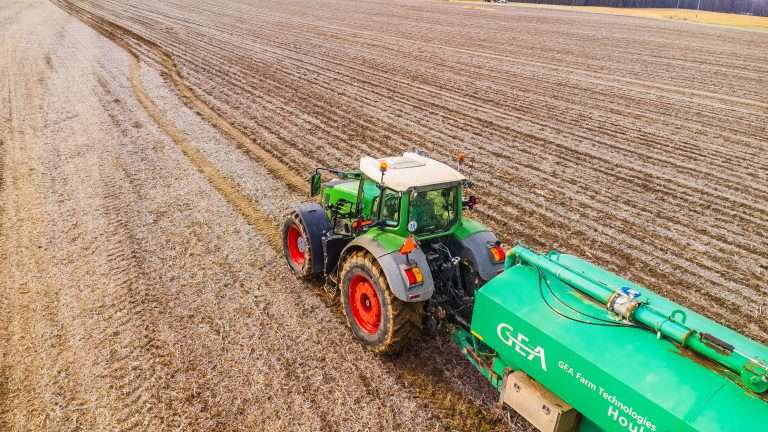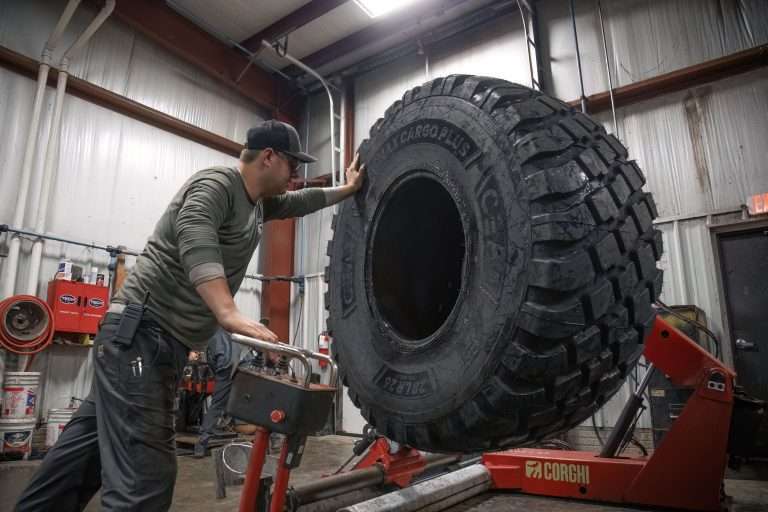ceat-speciality:blogs-tags/all,ceat-speciality:blogs-tags/tire-advice
Important Farm Tire Definitions to Know
Sun, 28 Jan 2024 | PRODUCTS
When you’re looking to purchase farm tractor tires, it is good to understand the key definitions so you can have a productive, informed discussion with your local tire dealer.
Here are some important definitions you need to know to ensure you make the right choice for your specific needs:
1. Bias Construction — bias ply cords extend diagonally from bead to bead on the tire. Bias tires might be a viable alternative but they do not provide the benefits of radial technology. If you want the best traction possible, improved efficiency, larger footprints, reduced compaction, a better ride, or any of the above, you need to stick with radials. Bias Ag tires do not deliver these improved features due to the carcass design.
In most cases, the bias tire will be less expensive than the radial but not always. Pricing differentials have narrowed in the last few years. It is always good to check both if you are considering bias tires. Another very important factor is the service life of a comparable radial . . . about 30% longer than the bias. However, bias tires can be the right choice for certain applications; your trusted tire dealer can help guide you in deciding whether to go radial or bias.
The CEAT LOADPRO bias tire, for example, is designed with an optimized lug to reduce uneven wear-out and provide better stability. The high denier textile casing, combined with superior quality tread, makes it suitable for backhoe loader and tele-handlers in agro-industrial, lifting and loading applications.
2. Compound — a particular blend of rubber and other raw materials enabling desired performance characteristics of the tire. For instance, the CEAT Torquemax radial tire features a compound that provides durability and ensures resistance to chipping and cuts. Meant for high power tractors, the Torquemax ensures a constant and smooth transfer of torque from the tractor to the ground.
3. Flotation — defines tires with wider section widths than standard tires; designed to improve traction and reduce soil compaction, while enabling the equipment to operate in wet mucky conditions. The newest flotation tire from CEAT Specialty is the FLOATMAX CARGO PLUS, which offers high traction, stubble puncture protection, uniform pressure distribution, and minimal soil/crop damage for tank and trailer applications.
4. IF (increased flexion) and VF (very high flexion) tires — As their full names indicate, IF and VF tires offer increased flexibility. At an equal pressure to standard radials, an IF tire can bear 20% more weight and a VF tire can bear 40% more weight. Alternately, these tires can carry the same load as a standard radial at 20% or 40% lesser pressure. CEAT Torquemax and Spraymax tires come in IF and VF versions.
5. Load Carrying Capacity — amount of weight the tire is certified to carry at a specified air pressure.
6. Load Index — an assigned number equating to the load carrying capacity of the tire.
7. Radial tire — produced with radial cords extending at right angles from bead to bead across the tread that “radiate” from the imaginary center of the wheel, allowing the tread to act independent of the sidewall, resulting in a larger footprint compared to bias tires. If you want the best traction possible, improved efficiency, larger footprints, reduced compaction, a better ride, or any of the above, you need radial tires.
CEAT radial tires offer low compaction, high traction, and high roadability. With tilted lug tips, the FARMAX R65 radial tractor tire, for example, delivers superior operator comfort, with less vibration and noise. A higher angle and lug overlap at the center offers superior roadability.
Look for a future blog post on more Ag tire definitions.











































